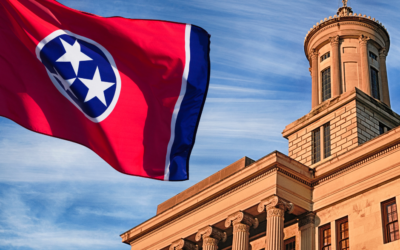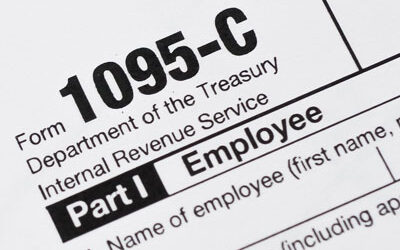By Kevin Peters
[divider height=”30″ style=”default” line=”default” themecolor=”1″]
SBITA is another fun acronym to become familiar with if you are a local government entity that applies GASB Standards. SBITA stands for Subscription-Based Information Technology Agreements and is GASB Statement No. 96. This standard is effective for fiscal years beginning after June 15, 2022, or stated another way, for a June 30, 2023, fiscal year end.
Many of the provisions in GASB 96 are similar to those from GASB 87 Leases. GASB 96 defines a SBITA as a contract that conveys control of the right to use a vendor’s (the SBITA) IT software, alone, or in combination with IT capital assets. Generally, the term includes the period a governmental unit has the noncancellable right to use the IT assets and includes periods covered by options to extend. Options to terminate also play into the determination.
The standard generally will result in the governmental entity recording a right-to-use subscription asset and a subscription liability. The subscription liability should be initially measured at the present value of subscription payments expected to be made during the term. Subscription payments should be discounted using the interest rate the vendor charges the government, or the government’s incremental borrowing rate if the interest rate in the contract is not readily identifiable. The subscription asset should be initially measured as the sum of the initial subscription liability, payments made to the vendor before commencement of the term and capitalizable implementation costs less incentives received from the vendor. There is also further analysis of other subscription payments that will be required. These include expenses during the preliminary project stage, initial implementation stage and operational stage.
Similar to GASB 87, there is an exception for short-term SBITAs.
What should you be doing now?
First step is to become familiar with this new standard. As you read the standard and learn the new terms and definitions, begin thinking about what contracts you have that would fit within the parameters of this new standard. Start reviewing contracts and agreements, consult with your IT department or IT professionals on staff to help with identifying what SBITAs you may have. Review your general ledger, looking for recurring payments for software related expenses. Gather these documents (contracts, agreements, and GL details) and begin summarizing the key terms including what you are actually paying for (type of software or service), what the dollar amount is (noting if it is monthly, quarterly or annually) and the term. Starting this process should allow you to then have a discussion with your auditors as they begin your audit.




